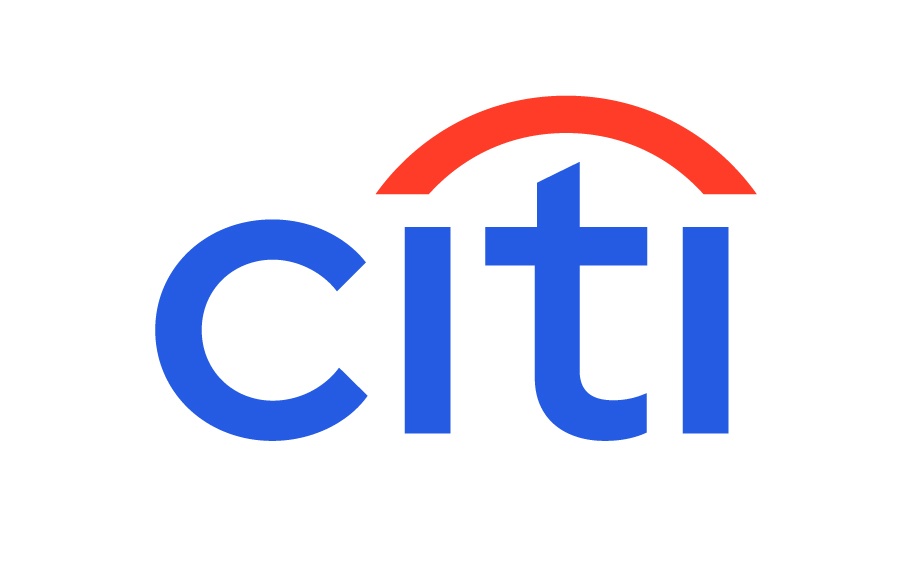Allowed listing of banks looks to be a complex but opportunity-charged challenge

The State Securities Commission and the State Bank of Vietnam (SBV) recently decided to push forward the listing of public commercial banks.
Senior banking expert Nguyen Tri Hieu said the listing of banks would be effective in increasing transparency.
In doing so, besides the requirement to release quarterly financial statements, banks will be obligated to announce unexpected shifts in performance and disclose information at the request of management authorities. Bank operations will be under the oversight of investors and the public.
According to veteran economist Bui Kien Thanh, if banks submit their financial information and ownership structures on bourses, it will improve transparency and pave the way for the SBV to gradually lessen the current entangled cross-holding situation between banks.
In fact, transparency is a major reason banks are hesitant to list.
At this time, apart from eight listed banks meeting information requirements, many banks have yet to deliver their information as per regulations. Some banks have even failed to submit any information at all since their incorporation.
“It is perilous for shareholding banks to keep their operations secret, as nobody knows where their money flows into or from. In the coming time, the SBV needs to introduce more explicit regulations governing banks’ financial transparency, whether they are listed or not,” said a source from a Vietnam-based foreign investment fund.
Numerous banks such as Maritime, Southern and NamA released plans to list years ago, but they have been delayed due to the banks claiming “unfavourable market conditions”.
According to economists, apart from market and information transparency factors, another reason banks cannot list was considerable bad debts.
Pursuant to an SBV circular guiding listing procedures, to enter a bourse banks need to satisfy several requirements such as having a chartered capital of at least VND3 trillion ($142 million), generating profits over the previous two years, and bad debts of less than 3 per cent of total outstanding loans in the two quarters running up to their listing.
Banks also need to unflinchingly follow capital adequacy regulations, as well as those on debt classification, provisioning, internal auditing, and control systems.
Meeting these stringent requirements is likely to be a strain on banks given the current context.
What the stars mean:
★ Poor ★ ★ Promising ★★★ Good ★★★★ Very good ★★★★★ Exceptional
Latest News
More News
- BAC A BANK enhances options for young enterprises (September 04, 2024 | 09:47)
- Bad debt risks make banks switch focus (September 04, 2024 | 08:00)
- The prospects for foreign exhange market for rest of 2024 (August 31, 2024 | 21:52)
- Addressing legal gaps for resolving non-performing loans (August 31, 2024 | 21:47)
- CASA ratio assessment for first half of 2024 (August 31, 2024 | 21:41)
- Reference exchange rate continues going up (August 30, 2024 | 10:33)
- Banks still counting profit from securities trading (August 29, 2024 | 19:06)
- Central bank takes looser monetary measures (August 29, 2024 | 17:33)
- Citi report delivers insights to market opportunities with AI (August 29, 2024 | 11:50)
- Credit continues to flow into real estate sector (August 29, 2024 | 11:49)


















 Mobile Version
Mobile Version